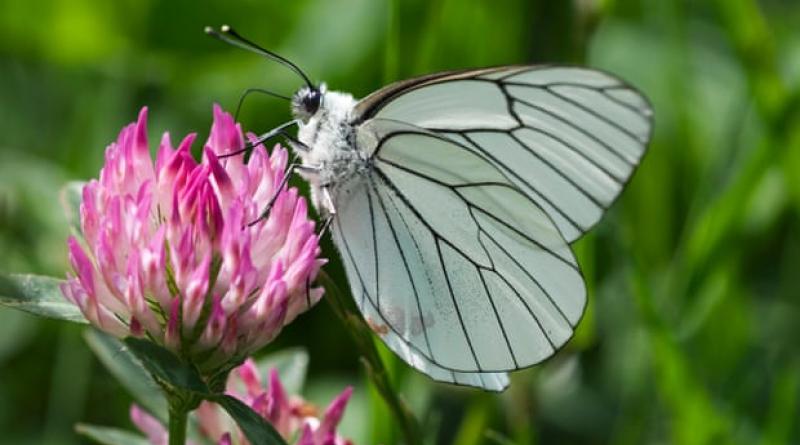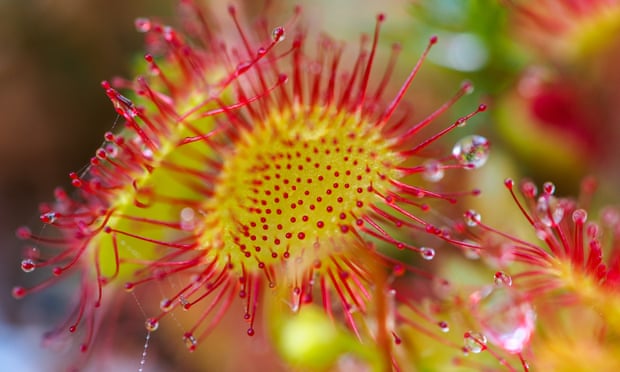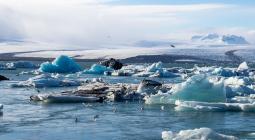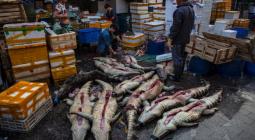EU pledges to raise €20bn a year to boost biodiversity.

New strategy to protect nature includes far-reaching habitat protections, and restrictions on pesticide use – but campaigners warn enforcement is key.
The European Commission has committed to protecting 30% of the EU’s land and oceans by 2030 as part of the European Green Deal, in a plan tentatively welcomed by environment groups who warned far-reaching ambitions must not only exist “on paper”.
The 10-year plan, published on Wednesday, includes commitments to reduce the use of chemical pesticides by 50%, plant 3bn trees by 2030 and reverse the decline in pollinators. Within the 30% protected areas, a third of land and sea will be under “strict protection”, meaning there should be no human intervention besides minimal management to keep the area in good condition for wildlife.
Strictly protected areas will include carbon-rich habitats such as primary and old-growth forests, peatlands, wetlands and grasslands. Currently only 3% of land and 1% of marine areas are under strict protection.
The commission aims to raise at least €20bn (£18bn) per year to fund the the plan. The money will come from private and public funding at EU and national level. A significant proportion of the EU’s climate budget will also be invested in biodiversity, the report said.
Sabien Leemans, senior policy officer for biodiversity at WWF, said this figure was “probably at the bottom of the scale, but it’s the first time they’ve mentioned a concrete figure, so that’s already good”.

The 10-year plan to tackle the global biodiversity crisis is also putting pressure on reworking the common agricultural policy (CAP), which has been accused of driving biodiversity decline through its €60bn per year subsidy system that primarily rewards farmers for the amount of land they have, rather than for making environmental improvements.
The report says 10% of agricultural areas will be transformed into “high-diversity landscapes” with the creation of features such as buffer strips, hedges, ponds and fallow land. A quarter of agricultural land will be managed organically by 2030.
The targets on agriculture are a “game-changer”, according to Ariel Brunner, senior head of policy at BirdLife International’s Brussels office, who says the 2010 biodiversity targets for agriculture were extremely weak because of the strength of the EU’s farming lobby, which resulted in a “lost decade” for wildlife.
“When you combine these new targets – and if they are implemented, which is a big if – then you are starting to look at healthy agriculture that can provide habitats for farmland birds and butterflies but also agriculture that can actually provide food at the end of the century,” he said.
The EU’s new strategy comes after decades of catastrophic loss of biodiversity, with wildlife populations falling on average by 60% in the past 40 years as a result of human activities. The Covid-19 pandemic has further highlighted the link between environmental and human health, making the case for ambitious action clearer than ever, the report says.
Some campaigners, however, are concerned the commitments lack detail about how these changes would be implemented and enforced.

“It’s good to see ambition to extend protected areas, boost tree cover, cut pesticide use, and to bring back species in decline. But there is a huge sense of déjà vu reading this latest strategy because many of the same ambitions have been set out, and not delivered, by previous nature plans,” said Paul de Zylva, nature campaigner at Friends of the Earth. “Europe can’t afford another decade of failure to protect and restore our natural world.”
The ambition to ensure 30% of EU land and sea is protected by 2030, compared to 26% of land and 11% of seas today was welcomed, but will only be “game-changing” if commitments are enforced, said campaigners.
Management is extremely poor on existing Natura 2000 sites, which protect 18% of EU land, said Leemans. “Many of them only exist on paper. We’ll really need to increase the effective protection of those sites and that’s a priority.”
The report acknowledged that not properly looking after protected land was having “disastrous consequences on biodiversity”.
The commission is promising to outline in 2021 legally binding targets on EU member states to restore nature reserves, such as meadows, wetlands, peatlands, bogs, marshes, grasslands and forests. Without “a dedicated binding framework in support of the biodiversity strategy” there is a “high risk … that biodiversity loss would continue”, Virginijus Sinkevičius, the EU commissioner for environment and oceans, told journalists.
Critics say the European Commission – the chief enforcer of EU law – has become too timid in taking national governments to court for breaking environmental rules.
On average, the commission takes a law-breaking country to the ECJ within four months for a breach of EU’s transport rules, while the same process takes 66 months for flouting environmental standards.
“The level of law breaking and law ignoring are just terrifying,” said Brunner.
“Every day we have notionally protected sites that become hotels, ski resorts, golf courses, that are being logged, that are being given over to intensive agriculture and that is what we need to deal with.
“The real game-changer will be enforcement. That’s the acid test for all of this – you can set the best targets in the world but if ultimately people can just get away with criminal activity with no consequences then it doesn’t hold.”

For EU officials the biodiversity plan is the other side of the coin of action to combat the climate emergency. “We cannot halt and reverse biodiversity loss without achieving Paris agreement goals and vice versa,” Sinkevičius said. “Our relationship with nature has broken down in part because we lost sight of the interconnections, because we acted as if our actions had no consequences. This strategy is a chance to change that.”
The new strategy is expected to be brought to the table at the United Nations Convention on Biodiversity, COP15, in Kunming in 2021. Delegates from 190 countries will thrash out global biodiversity targets for the next decade, and the EU is likely to put pressure on other countries to follow its lead.
It follows a text drafted by the UN Convention on Biological Diversity in January that called for a global commitment to protect at least 30% of the planet in the next decade
Find more age of extinction coverage here, and follow biodiversity reporters Phoebe Weston and Patrick Greenfield on Twitter for all the latest news and features
20 May 2020
The Guardian



